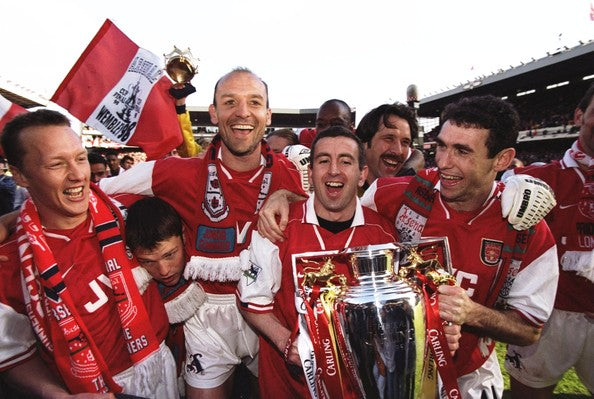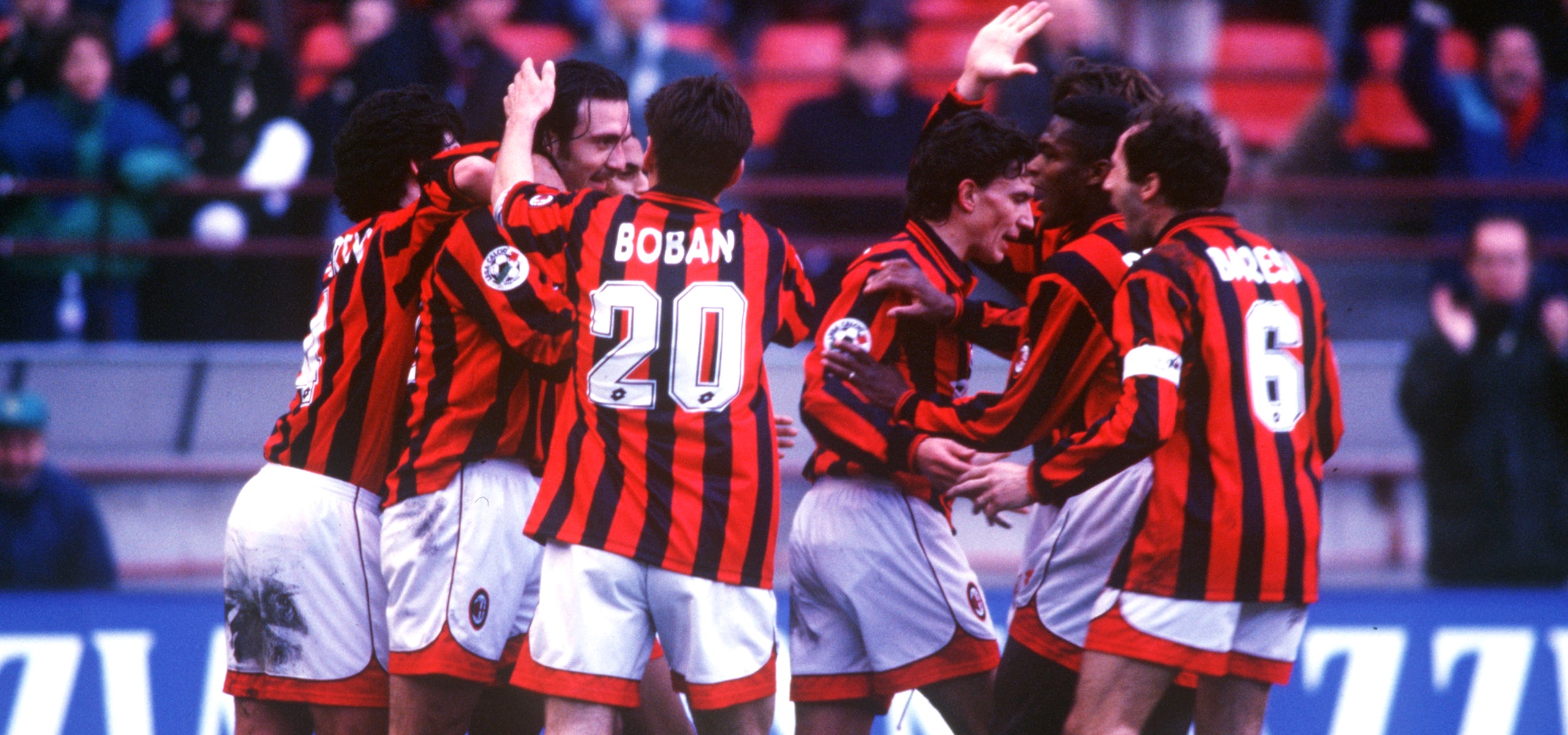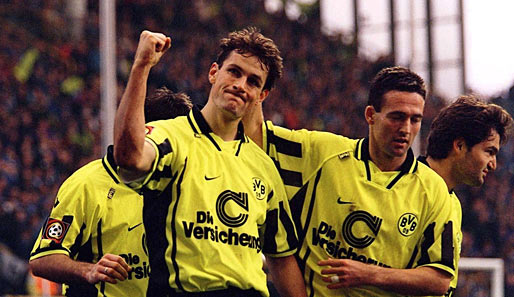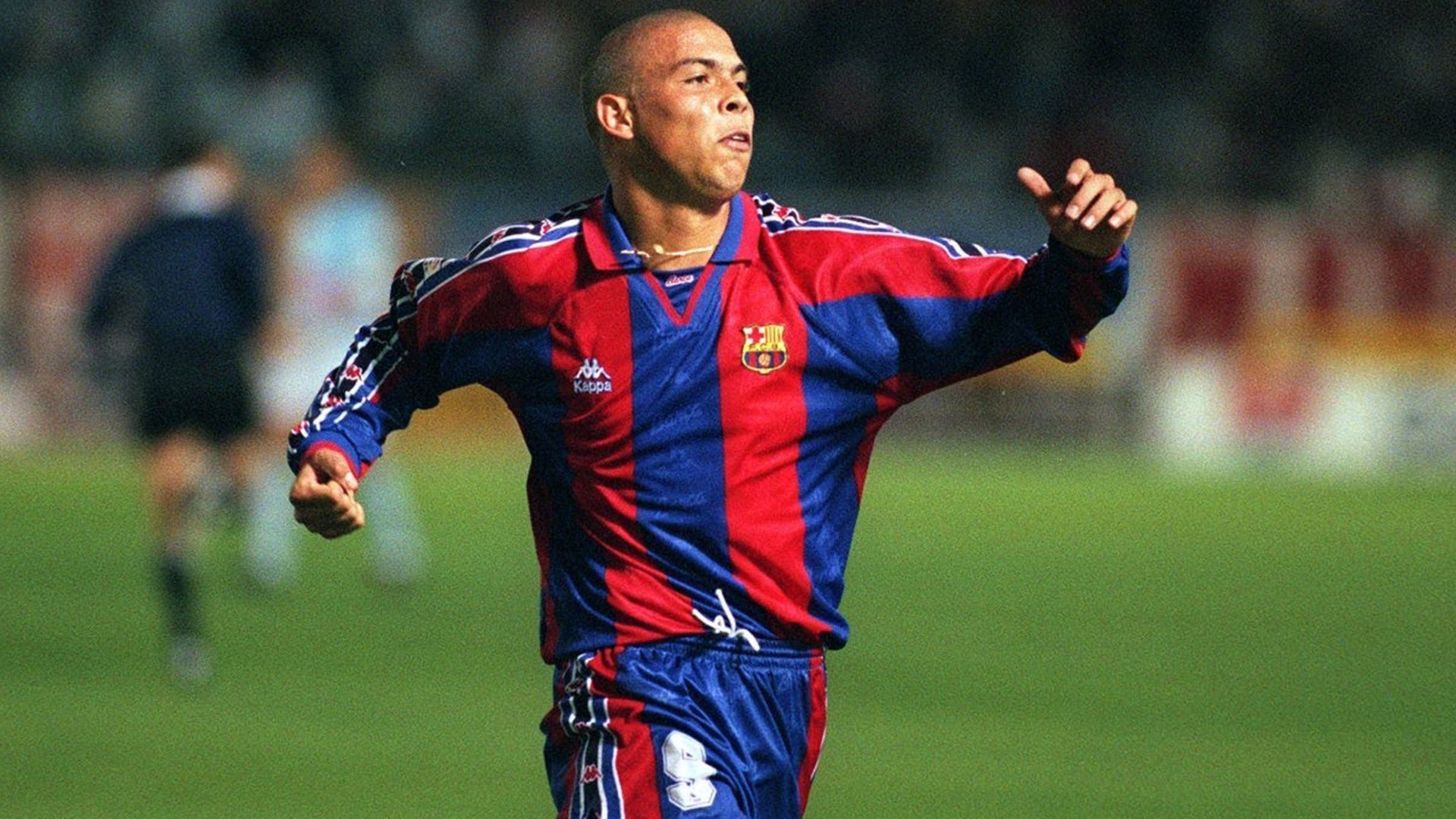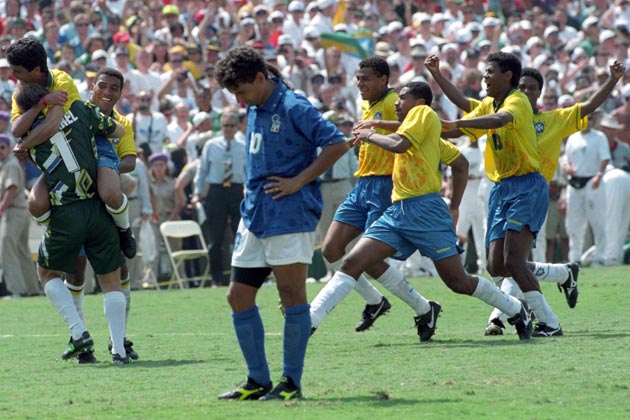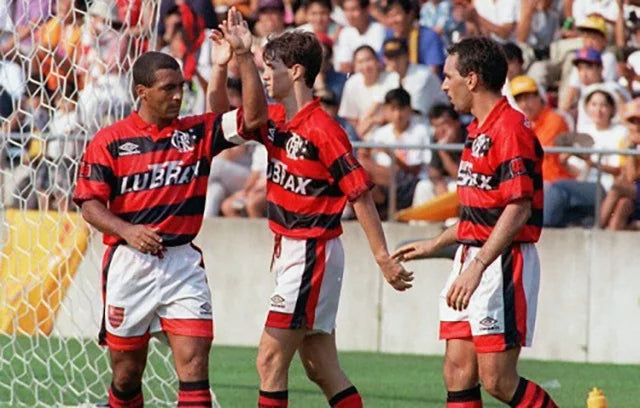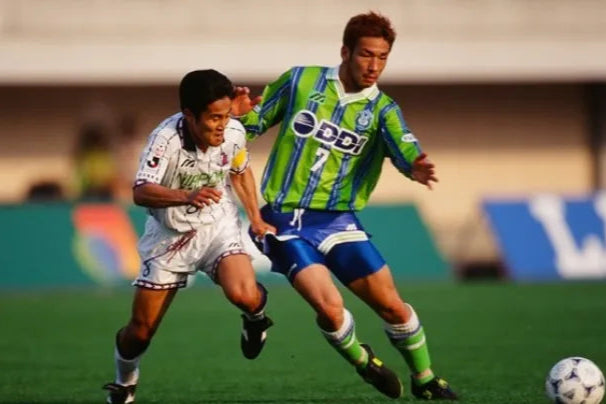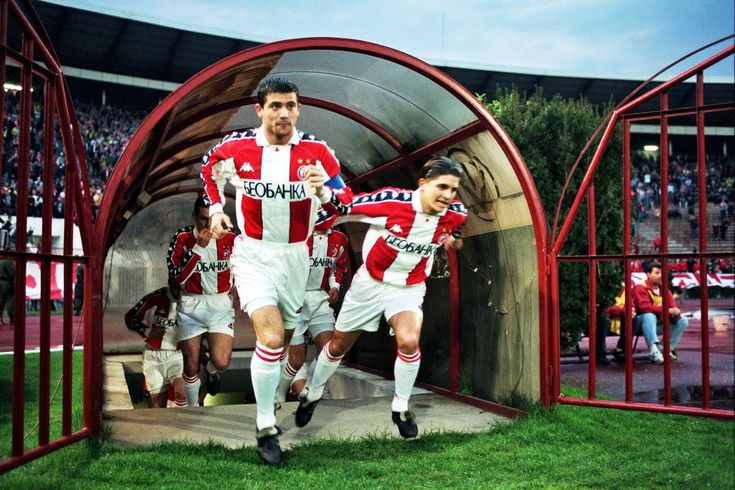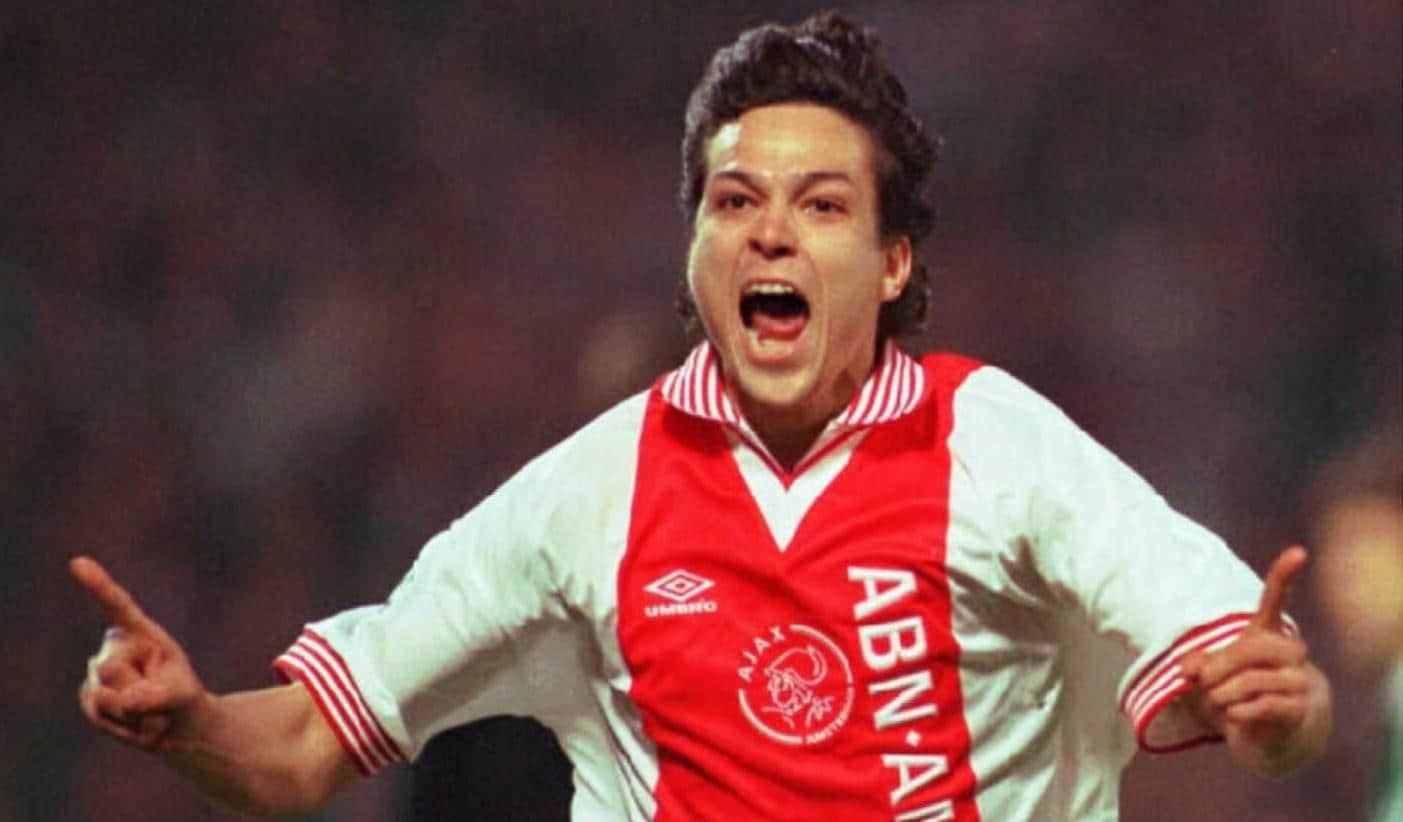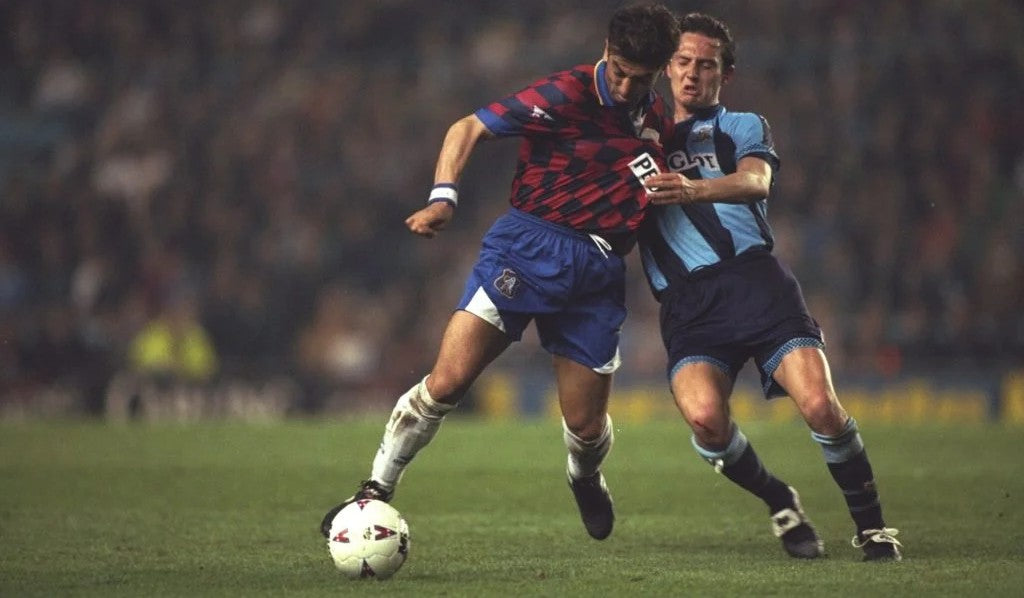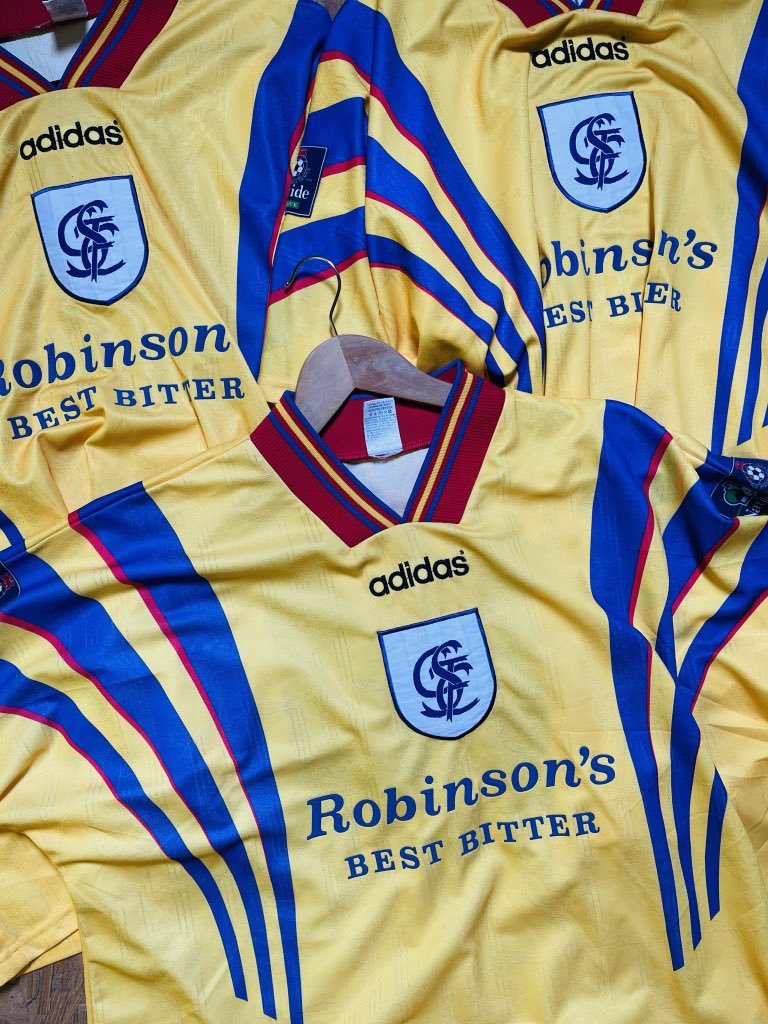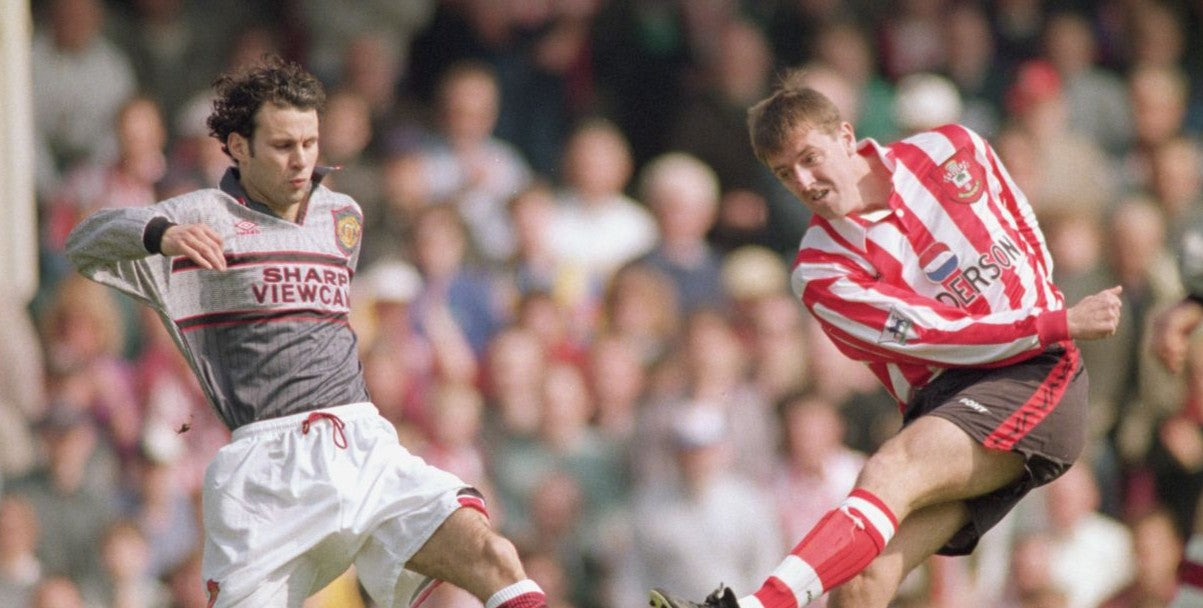
"It’s Not the Kit, It’s You": The Day Manchester United Changed Shirts at The Dell
On the 13th of April, 1996, Manchester United turned up to the Dell, the rickety, tight, claustrophobic home of Southampton, looking like a team that had conquered English football. Ferguson’s red machine was closing in on another Premier League title, Eric Cantona had returned from his ban like a footballing messiah, and their Nike-esque grey Umbro away kit had just enough ‘lad’ energy to make it a terrace cult classic.
But by full-time, they’d lost the game, changed their shirts at halftime, and left the south coast battered, confused, and oddly... washed out.
Let’s rewind.
The first half saw Southampton, a mid-table side packed with scrappers and technicians, Le Tissier, Monkou, and a young Neil Shipperley, rip into United. After just 45 minutes, they were 3–0 up. David Beckham, Ryan Giggs, and the rest of United's glitterati looked a shadow of their usual selves. Disconnected. Anonymous. Invisible.

And that’s when Ferguson made a decision so odd, so loaded with footballing superstition, it’s passed into Premier League folklore. He made them change shirts.
The grey kit, that soft graphite number with a subtle Umbro diamond print and a red V-neck, was chucked. In its place: United’s blue and white third kit. The logic? “The players couldn’t see each other,” Ferguson said post-match, matter-of-factly, like he’d just stated the weather. “They said it was difficult to pick each other out.”
Ferguson wasn’t prone to flights of fancy. But this was different. The grey kit had been worn five times that season. United lost four, drew one. Zero wins. Zero good vibes.
So out it went, binned mid-match like a cursed relic.

The visuals are surreal now, United re-emerging after halftime in a totally different strip, like a pub team turning up late to their own game. In the second half, they looked marginally better. Ryan Giggs even nicked a consolation. But it finished 3–1. Southampton had taken the points, and United had taken a hit, both in the title race and in ego.
For kit nerds and nostalgia merchants, it remains one of the great moments in ‘off-pitch’ football drama. This wasn’t a change for a clash. It was a psychological Hail Mary. A sartorial exorcism. A manager as furious as he was superstitious.
And it worked, sort of. The grey kit was never worn again. It was quietly retired, boxed up, never to haunt a United wing-back again. United, of course, went on to win the league, just.
Years later, the grey kit became a collector’s item. Rare, haunted, iconic. Proof that a kit can be beautiful and still be cursed. Proof that the aesthetics of football aren’t just surface-level, they bleed into performance, confidence, the very identity of a side.
On that spring afternoon in 1996, at the old Dell, a ground that always smelled like beer and muddy socks, Ferguson taught us something simple but profound: in football, perception is reality. If your team feels invisible, they might as well be.
Even if they're Manchester bloody United.
----

